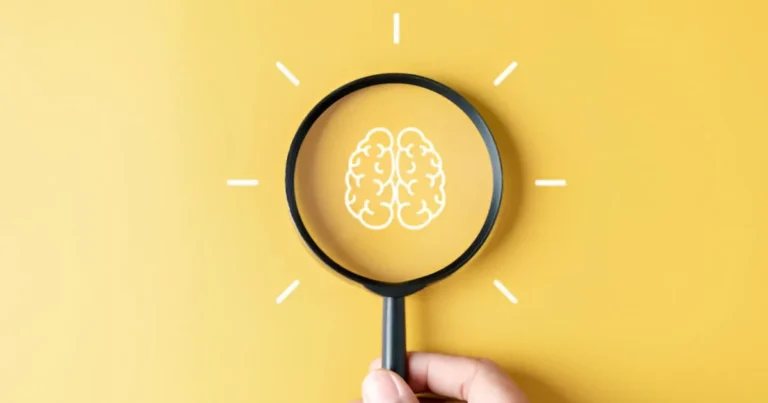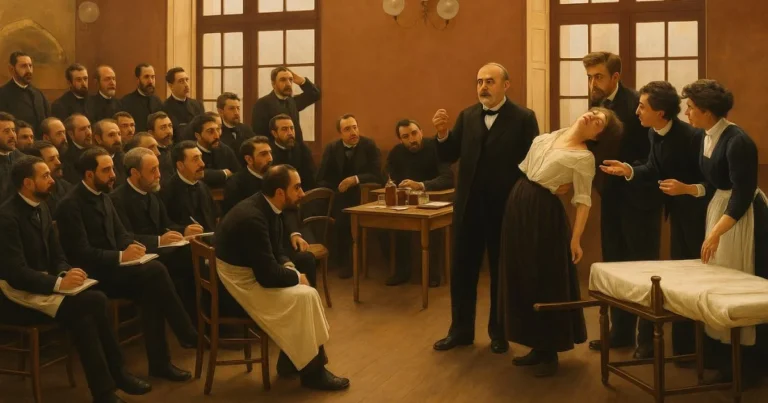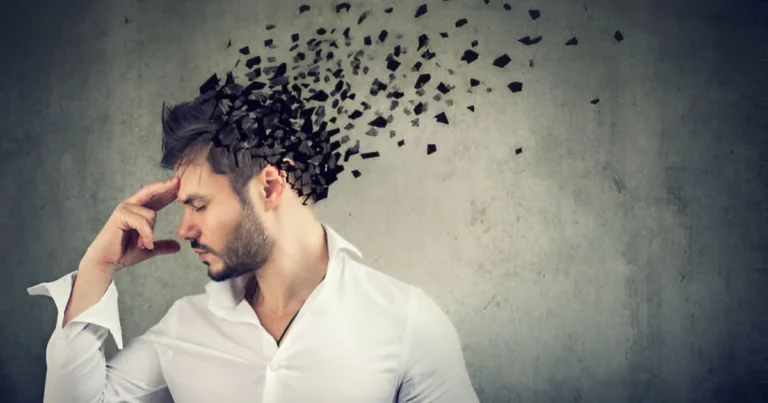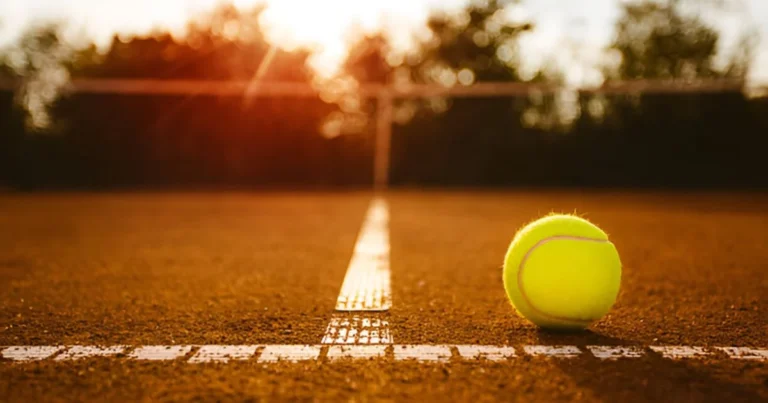Checkmate to the brain: How chess rewires our thinking
In 2004, in a quiet room in Iceland, a 13-year-old boy sat across from Garry Kasparov, then the world’s top-ranked chess player. The Russian grandmaster, undefeated for over two decades, now faced a calm-eyed stranger. For 30 moves, the young Magnus Carlsen held his ground. He didn’t defeat Kasparov that day, but he unsettled him. So much so that Kasparov, thinking the match was over, stood up prematurely, only to realize it wasn’t. This now-famous moment was more than a symbolic handover. It highlighted the extraordinary cognitive sharpness a teenager can develop through intensive chess practice.
At first glance, this seems to defy the conventional logic of expertise. How can an adolescent challenge a world-class player when mastery is thought to require years of structured cognitive development? In reality, Carlsen’s performance supports the opposite hypothesis: that intensity and early exposure can shape the brain as powerfully as time itself. Carlsen’s success is not merely the result of talent. He started young, played obsessively, and internalized chess’s cognitive patterns at an early age. His brain isn’t just fast, it’s organized. And his journey offers a vivid illustration of what that means.
Codified since the 15th century, chess has long captivated neuroscientists, psychologists, and educators. Beneath its 64 squares lies a vast cognitive landscape: visuospatial memory, sustained attention, logical reasoning, cognitive flexibility, motor inhibition, and anticipatory thinking are all required. However, there’s more. Today, thanks to brain imaging and cognitive network modeling, we know that chess reshapes the brain’s functional architecture, extending beyond the game itself.
This article explores how chess, far more than a strategic pastime, provides a unique laboratory for the cognitive sciences. Chess not only engages mental abilities, it restructures them.
Strategy in action: What every move reveals about the brain
Behind every move on the chessboard lies a complex network of mental operations. Unlike many other games, chess activates an exceptional range of high-level cognitive functions. Working memory, impulse control, strategic flexibility, pattern recognition, and long-term planning are continuously at play. For researchers in cognitive neuroscience, chess serves as an ideal model for understanding how the brain organizes strategic thought.
Numerous studies have shown that regular chess practice alters the way information is perceived, processed, and structured. A pioneering study by Atherton at the University of Alberta used functional magnetic resonance imaging (fMRI) to compare the brain activity of novice and expert players as they analyzed board positions and anticipated move sequences. The findings revealed greater activation in experts’ left fusiform gyrus and posterior parietal regions, areas involved in visuospatial recognition and holistic processing. Unlike beginners, who focus on individual pieces, experts instantly perceive meaningful configurations.
This global processing strategy enables mental compression of information: instead of storing isolated elements, experts retrieve familiar patterns, an ability known as chunking. This frees up cognitive resources for higher-level tasks such as planning or mentally simulating multiple future scenarios.
In this way, chess reveals how the brain optimizes cognition. It doesn’t compute everything from scratch, it learns to structure information efficiently, guided by perceived regularities. This principle extends far beyond the chessboard. It reflects a broader neural logic: recognizing patterns, anticipating outcomes, and adapting decisions to shifting contexts.
While Atherton’s study illuminated how expertise transforms information processing, it left open another question: how does the brain’s very structure adapt to intensive practice? That’s where the most recent research comes in.
When play shapes the brain: The plastic power of chess
Understanding how expertise changes information processing is only the first step. Recent technologies have enabled researchers to examine how the brain’s very structure transforms through intense chess training. With advanced neuroimaging and cerebral network analysis, we can now observe how this practice reshapes the cortex over time.
A 2022 study by Trevisan and colleagues, published in Brain Sciences, offers new insight. Using high-resolution structural MRIs, the researchers examined the brains of 29 professional chess players and 29 novices. They focused on two indicators of cortical complexity: fractal dimension (FD) and gyrification index (GI), which reflect the richness of cortical folds and the density of local neural connections. In essence, these metrics show how intricately the brain’s surface is folded and organized, markers of potential processing capacity.
The study found significant differences between the groups. Expert players showed increased FD in the left frontal operculum, a region associated with rule management, working memory, and contextual attention. Notably, this increase was strongly linked to early age of training. Conversely, highly trained players exhibited reduced FD in the right superior parietal lobule, suggesting enhanced functional specialization. In other words, some regions become more efficient by streamlining their structure, likely due to repeated engagement in specific tasks.
These findings indicate that chess practice does more than refine mental strategies, it physically reconfigures the cortex, especially in regions involved in spatial analysis and decision-making. The brain adapts, conserves resources, strengthens key circuits, and simplifies others. This is the essence of use-dependent neuroplasticity.
Thinking in networks: Chess and the reorganization of the mind
Beyond structural changes, chess also appears to reshape the brain’s functional organization. A 2024 study by Gonzalez-Burgos, published in Frontiers in Psychology, adopted a novel approach. Instead of evaluating performance by domain, the study applied graph theory to analyze the overall architecture of the cognitive connectome, how different mental functions interact.
Nineteen chess players and nineteen age-matched controls completed 27 neuropsychological tests spanning major cognitive domains (memory, attention, executive function, visual perception, etc.). Using network modeling, the researchers assessed the system’s integration, centrality, and modularity.
The results showed that chess players had higher local efficiency: their cognitive functions were more tightly connected within specific modules (visual, executive, verbal) but showed fewer connections between modules, suggesting stronger specialization. The most central nodes in their cognitive networks involved inhibition, visual recognition, and alternating motor sequences, core skills in competitive play.
Interestingly, while the control group’s connectome was divided into four distinct modules, chess players exhibited only three, indicating a more streamlined and coherent structure. This sharper functional segregation likely supports faster, more reliable execution of complex tasks, though possibly at the expense of flexibility between systems.
Beyond the game: Why structured play reshapes how we think
What these findings reveal transcends the game itself. They show that a stable, codified, and mentally demanding activity like chess can produce measurable reorganizations in the brain’s structure, functional dynamics, and internal processing networks.
Recent studies don’t just demonstrate that chess players perform better on certain tasks. They show that the brain reorganizes its internal logic, not only by enhancing specific functions but by changing how these functions interact. Thought becomes more modular, more efficient within systems, and more specialized. This challenges the idea that cognitive performance stems solely from general aptitude. Instead, it suggests that structured training actively reshapes the mind’s economy.
This targeted plasticity, driven by the game’s demands, opens tangible pathways. First, it implies that cognition can be sculpted functionally through consistent engagement in complex tasks. Second, it raises key questions: under what conditions can training like chess improve decision-making in other contexts? Could it enhance emotional regulation or strategic planning in everyday life?
Rather than being a simple indicator of intellectual performance, chess becomes a powerful lens through which to explore the brain’s capacity for adaptability. It offers a scaled-down model of what is most remarkable about human cognition: its ability to reorganize, optimize, and learn to think differently.
Thinking differently: Lessons from the chessboard
Chess reminds us that thinking is not a disembodied act. It is forged through repetition, shaped by constraints, and anchored in structure. This game demands more than solutions, it demands systems. It trains the brain to handle complexity, anticipate uncertainty, and make decisions without complete information, just like real life.
Research from neuroscience, cognitive psychology, and network theory converges on a compelling idea: thinking better isn’t about thinking more, it’s about thinking differently. Through its precision, abstraction, and strategic depth, chess offers a concrete expression of this “thinking otherwise.” It structures, prioritizes, and clarifies. It teaches the mind to become operational.
This leaves us with a crucial question: if a practice like chess can alter the brain’s structure and function so profoundly, what other forms of cognitive training could cultivate alternative forms of intelligence? In this light, chess is not an endpoint, but a starting point. A microcosm for exploring what the human mind can become when exposed to a discipline that demands it to grow.
References
Atherton, M., Zhuang, J., Bart, W. M., Hu, X., & He, S. (2003). A functional MRI study of high-level cognition. I. The game of chess. Cognitive Brain Research, 16(1), 26–31.
Gonzalez-Burgos, L., Lozano-Rodriguez, C., Molina, Y., Garcia-Cabello, E., Aciego, R., Barroso, J., & Ferreira, D. (2024). The effect of chess on cognition: A graph theory study on cognitive data. Frontiers in Psychology, 15, 1407583.
Misakyan, S. (2017). Chess and Thinking. WISDOM, 1(8), 116–121.
Stegariu, V. I., & Iacob, G. S. (2021). Study on the correlation between spatial orientation and logical thinking in students who study chess in school. Bulletin of the Transilvania University of Braşov, Series IX: Sciences of Human Kinetics, 14(63)(2), 217–223.
Trevisan, N., Jaillard, A., Cattarinussi, G., De Roni, P., & Sambataro, F. (2022). Surface-based cortical measures in multimodal association brain regions predict chess expertise. Brain Sciences, 12(11), 1592.

Sara Lakehayli
PhD, Clinical Neuroscience & Mental Health
Associate member of the Laboratory for Nervous System Diseases, Neurosensory Disorders, and Disability.
Professor, Graduate School of Psychology







